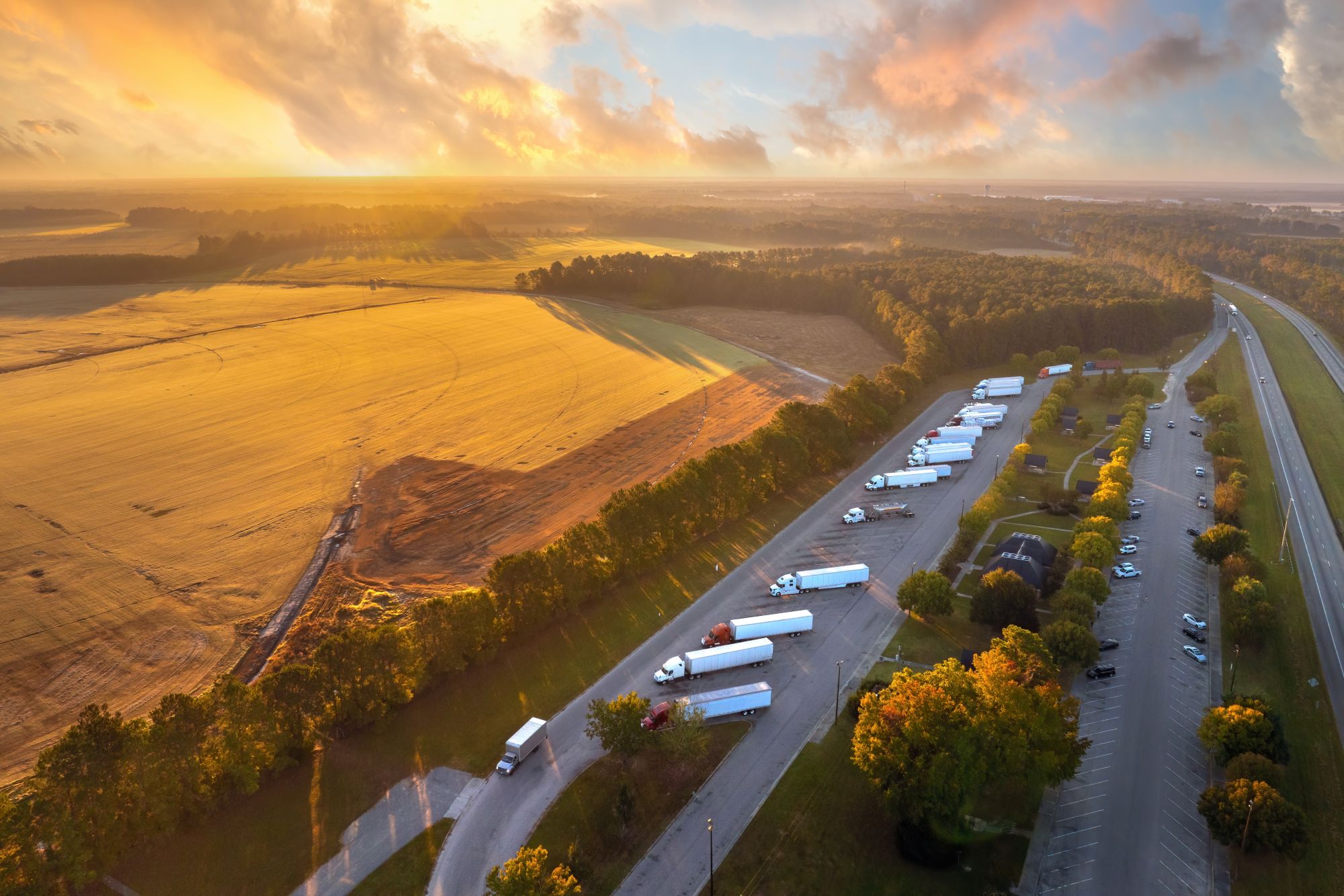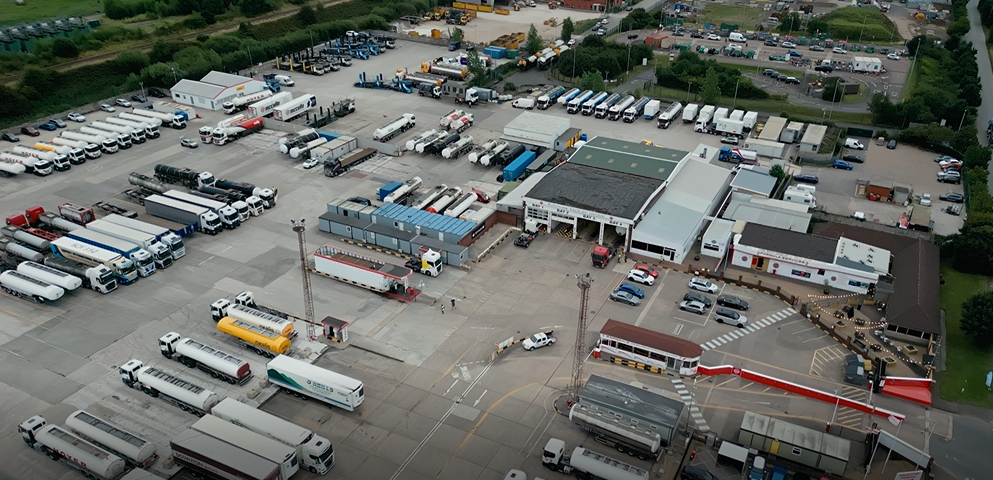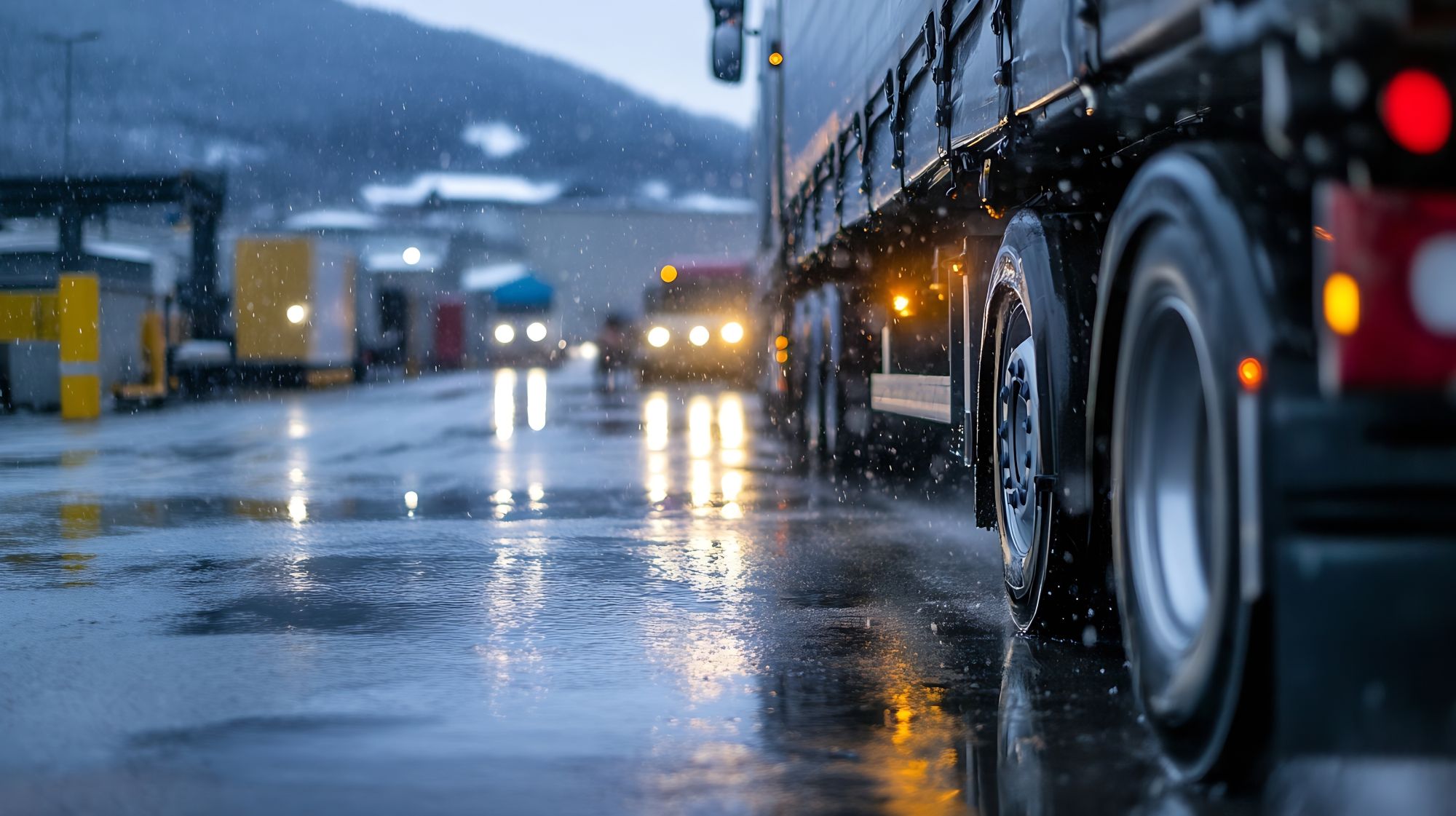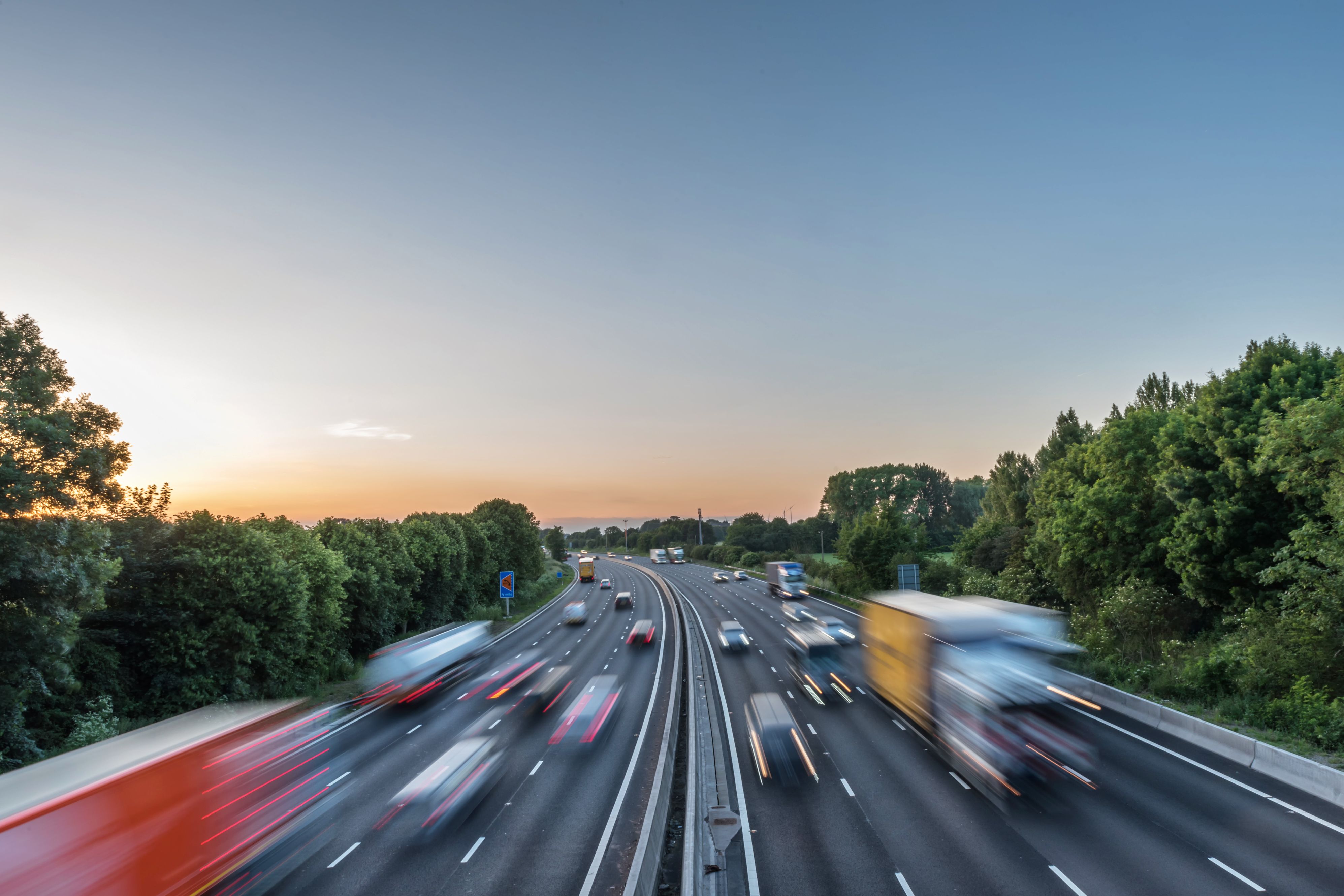
Miranda Blake
Як логістична галузь може забезпечити безпеку та зручність для європейських водіїв вантажівок
Створено: 08.01.2025
•
Оновлено: 08.01.2025
Завдяки впровадженню нових правил, використанню технологій і прихильності до добробуту водіїв, логістична галузь може працювати над безпечнішим майбутнім для водіїв-далекобійників, одночасно сприяючи підвищенню їхньої зручності.
Але як саме все це втілюється в життя? Читайте далі, щоб дізнатися...
Поінформованість про небезпечні магістралі Європи
Раніше ми провели [дослідження] (https://snapacc.com/hazardous-highways/), яке пролило світло на найнебезпечніші дороги в Європі, визначивши такі країни, як Болгарія та Чехія, як такі, що мають найвищий середній показник смертельних випадків на 10 000 миль дорожньої мережі.
Цей аналіз має вирішальне значення для розуміння того, де існують найбільші ризики, і підкреслює необхідність цілеспрямованих заходів для підвищення безпеки. Озброївшись цією важливою інформацією, водії можуть краще підготуватися до поїздок, а також зробити обґрунтований вибір маршрутів і зупинок для відпочинку.
Роль технологій у підвищенні безпеки
Інформація, отримана за допомогою таких інновацій, як навігаційні системи GPS, оновлення даних про дорожній рух у режимі реального часу та вдосконалені системи допомоги водієві (ADAS), також має вирішальне значення. Такі технологічні досягнення не лише надають необхідні дані про дорожні умови, але й допомагають водіям приймати обґрунтовані рішення щодо своїх поїздок. Наприклад, системи GPS можуть запропонувати альтернативні шляхи, які оминають потенційно небезпечні ділянки, а оновлення даних про дорожній рух можуть попередити про затримки чи аварії попереду. В результаті водії можуть краще [оптимізувати свої поїздки] (https://snapacc.com/newsroom/route-optimisation-with-fleet-management-software-snap-account/).
Більше того, такі додатки, як intruck, пропонують їм доступ до детальної інформації про зупинки вантажівок по всій Європі, що дозволяє знайти відповідні місця для відпочинку - це особливо корисно для тих, хто подорожує на великі відстані і потребує регулярних перерв для дотримання законодавства, боротьби з втомою і збереження концентрації уваги.
Важливість якісного відпочинку
У попередні роки багато водіїв не мали іншого вибору, окрім як проводити час перерви у своїх кабінах через брак доступного та недорогого житла - і це часто призводило до неякісного відпочинку, що могло мати згубний вплив на їхнє здоров'я та безпеку.
Набагато більший акцент робиться на тому, щоб водії вантажівок мали можливість відпочити у відповідному житлі. Транспортні компанії повинні взяти на себе відповідальність за організацію проживання в готелях або використання спеціальних приміщень для відпочинку. Хоча це може бути пов'язано з додатковими витратами, це дає можливість інвестувати в добробут робочої сили, що в кінцевому підсумку призводить до вищого рівня задоволеності роботою та утримання персоналу.
Впровадження рішень для розміщення
Щоб відповідати нормативним вимогам, зменшити ризики, пов'язані з втомою, і підвищити загальну безпеку своїх водіїв, оператори автопарків можуть розглянути наступні підходи:
Налагодження партнерських відносин з місцевими готелями або зупинками для відпочинку** може забезпечити водіям доступ до комфортного місця для відпочинку
● Використання додатків та онлайн-платформ може допомогти водіям вантажівок знайти найближчі місця для ночівлі, спростити процес та підвищити загальну ефективність
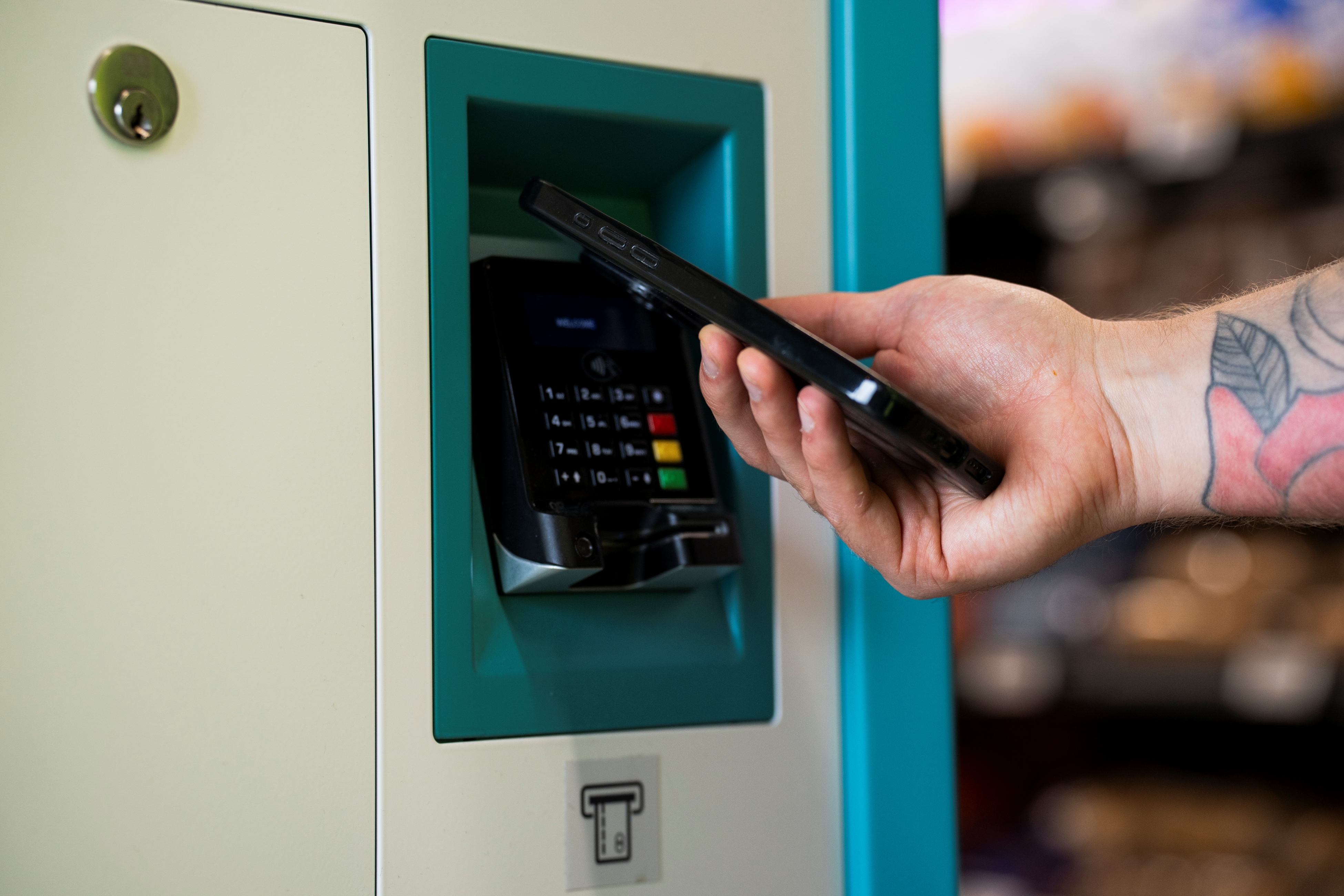
Як SNAP підтримує далекобійників
SNAP змінює правила гри для тих, хто працює в цьому секторі, пропонуючи цифрові рішення, які ставлять на перше місце безпеку та зручність. Автотранспортні компанії та водії вантажівок тепер мають доступ до розширеної мережі послуг, покликаних зробити подорожі більш комфортними та безпечними.
Цифрова зручність
В основі наших пропозицій лежить наш цифровий маркетплейс, який впорядковує різні аспекти:
● Платежі: Використовувана кожні 13 секунд по всій Європі для оплати послуг зупинок для відпочинку, система SNAP позбавляє водіїв необхідності витрачати кошти з власної кишені, а потім вимагати відшкодування витрат.
● Паркування: intruck допомагає водіям знаходити та попередньо бронювати місця для паркування вздовж їхніх маршрутів, причому багато з них мають розширені можливості для підвищення безпеки.
● Спрощені послуги: Наша платформа дозволяє водіям вантажівок сплачувати за паркування, мийку та інші послуги, використовуючи лише номерний знак свого транспортного засобу.
Безпека понад усе.
Це залишається нашим головним пріоритетом. Нещодавно ми [розширили нашу мережу] (https://snapacc.com/newsroom/snaps-network-is-expanding-what-new-countries-are-we-available-in/), включивши до неї об'єкти в Австрії, Болгарії, Чехії, Греції, Угорщині, Італії та Румунії. Багато з них мають покращену інфраструктуру безпеки, що задовольняє гостру потребу в безпечних місцях для нічного паркування.
Більше того, у нас є спеціальний підрозділ [SNAP Access & Security] (https://snapaccessandsecurity.com/), який надає індивідуальні рішення, що захищають приміщення від загроз вантажних злочинів, підвищуючи загальну безпеку водія та вантажу.
Погляд у майбутнє зі SNAP
Водії надзвичайно задоволені нашими рішеннями. Фактично, 80% водіїв, з якими ми спілкувалися на заходах у Великобританії, надали перевагу SNAP перед іншими способами оплати, а 74% європейських далекобійників висловили бажання, щоб до нашої мережі приєдналося більше сервісних партнерів.
І оскільки ми постійно зростаємо та розвиваємо нашу мережу та рішення, європейські водії вантажівок можуть розраховувати на більше можливостей, які підвищують безпеку, зручність та ефективність на дорозі. Вирішуючи такі ключові проблеми, як безпечне паркування та спрощення платежів, ми прокладаємо шлях до більш згуртованої та сприятливої галузі вантажних перевезень по всій Європі.
Щоб дізнатися більше про SNAP, зв'яжіться з нашою дружньою командою за телефоном +44 (0)1603 777242.
